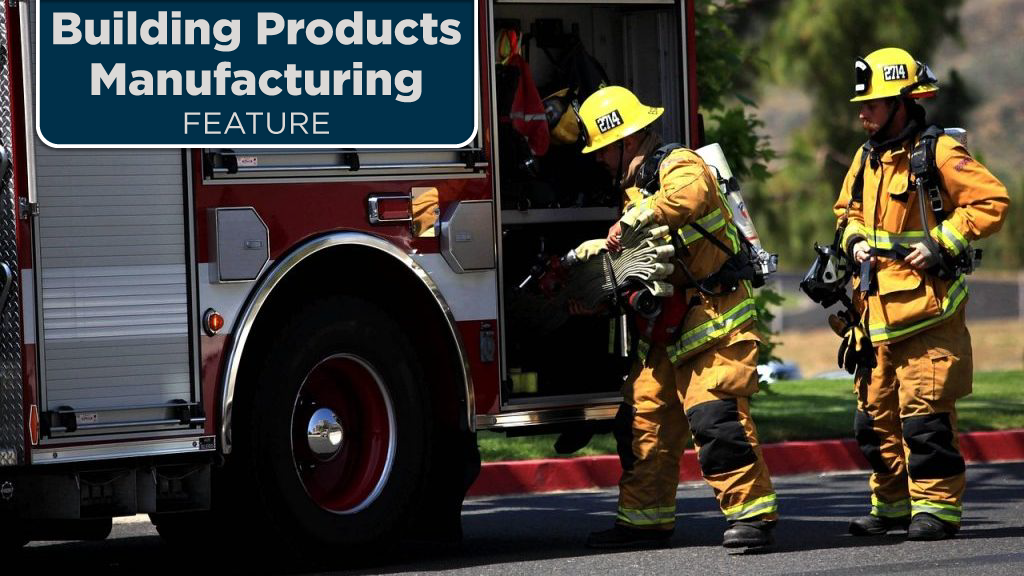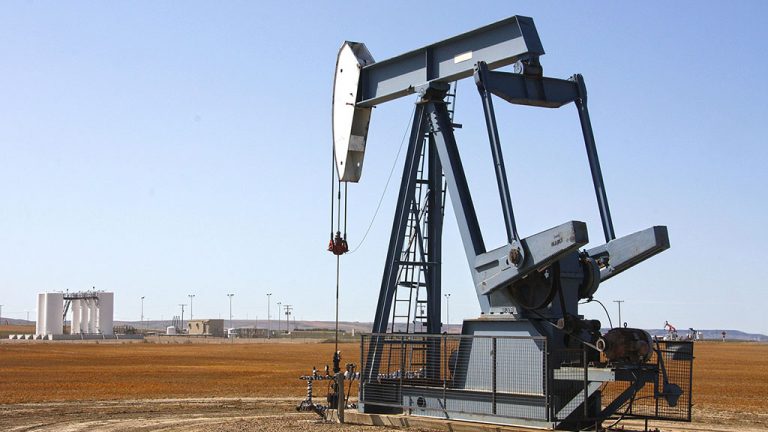The products are out there to make buildings more fire resilient, say product manufacturers, but it means moving away from low-ball building solutions and bringing in code changes.
There is no one-trick-pony product. Manufacturers say their products are part of an assembly that delays fire spread. Products range from metal buildings to fire-retarding roof assemblies (clay, metal and tile roofs as well as membranes), non-combustible insulation, metal cladding, drywall, and masonry products.
Canada’s insurance sector is pushing for change as it shoulders burgeoning claim costs such as the $3.7 billion in the Fort McMurray fire and now Lytton claims could reach $100 million with the Monte Lake fire in the mix. Those wildfires losses combine with greater densification drives in urban areas that can cause fires to jump.
Insurance Bureau of Canada’s (ICB) Craig Stewart, vice-president federal affairs, is calling for building a disaster-resilient country in light of climate change sparking traumatic events such as wildfires plus floods, windstorms, and hail ratcheting up billions of dollars in damages.
“We should be building more resilient structures in our community based on the perils that are likely to occur,” Stewart said. IBC is urging government to bring forward a peril reduction program for both communities and buildings just as it has set energy emission reduction targets in Canada. “We are asking government to set these targets,” he said. By having such a program in place, the insurance sector could use it to establish rates for buildings and it would serve as an incentive to the building sector and real estate sector to build more disaster resistant structures. “It would affect not just your insurance rate mortgage rate and home prices,” he said.
BETTER BUILDING CODES OR BEST PRACTICES?
Building standards also need to be put into perspective. “A code is basically a minimum for an acceptable standard of work. We should be looking at best practices,” said Omar Abu Holy, CTR, CSC, CSI, and specifications and Western Canada sales representative for ROCKWOOL, a stone-based insulation that is non-combustible and used internationally. Rockwool has four manufacturing facilities in North America, one in Grand Forks, B.C., which supplies Western Canada but also is directing product to hard-hit wildfire areas in California, where the product has received certification for use.
ROCKWOOL is not a single solution, Holy said, but rather it is one component integrated into a design and construction process and can be used for not just creating fire resistance in structures, but as exterior and interior insulation providing acoustic, thermal, and mold resistance, said Holy.
Building supply dealers are seeing ROCKWOOL and CertainTEED products moving off the shelf as designs move towards more fire resilience. Canadian-produced CertainTEED products include fire resistant drywall (Type X regular and Type C enhanced), an exterior sheathing material GlasRoc over which cladding is applied and Sustainable fibreglass insulation, a non-combustible material.
CertainTEED architectural technical solutions manager Brent Bélanger CTR/RTC, LEED, said the company works to existing codes. But a trend noted are B.C. queries relating to wood. “Where we are seeing new types of construction, B.C. obviously has more midrise wood construction, Type C is used for those applications,” he said. But he emphasized that building fire resilience is a process. “It is an assembly, depending on a different material and how they work together,” he said.
WHAT ABOUT WOOD?
B.C.’s foray into wood mid-rises has drawn a line between the masonry industry and wood industry. Alain Seguin, executive director of the Masonry Institute of BC, said one only has to look at wood buildings that have burned to see that it is the elevator shaft and stairwells built of concrete based product that remain standing. “It definitely increases the safety of the building,” he said. Concrete blocks have been traditionally been used as fire walls and at one time were a mainstay of school buildings.
“It is about designing and it comes down to policy and design guides,” said Unnati Billimoria, B.Arch., who is the architectural sales representative for concrete block manufacturer Basalite. Billimoria said she is not against building with wood but to optimize design, architects need to look at the best application of materials according the area’s needs and building use.
“I believe that any sort of community or capital project that relates to a community such as schools, rec centre or community centre should be built so it can double as a shelter,” she said adding that concrete block structures are sustaining, last 100 years and offer economy over a life cycle.
She wants to see policy shifts both in regional government and federal to reflect the new fire threats that are facing buildings and with policy change will come code changes setting out what has to be achieved. “Each jurisdiction should have its own policy,” she said.
Billimoria is not only addressing rural town wildfires, but also the increasing densification of urban areas and a rise in the use of multi-storey wood buildings. Just as masonry firewalls prevent in-building spread of fire, municipalities should consider interspacing masonry multi-residential structures between wood buildings.
Climate change is pushing the issue. “We need to be doing something now,” she said.
Andrea McChesney, executive director of the Canadian Concrete Masonry Producers Association (CCMPA) said her organizations continues to lobby for building code changes that use of concrete masonry products over wood to make buildings more fire resistant. The CCMPA has advocated what it calls balanced design, a four-legged chair that promotes education on fire prevention and safety, detection, suppression (i.e., sprinklers) and containment through fire resistant, non-combustible masonry walls.
Technical advisor Doug Wells for the Roofing Contractors Association of B.C. said there are the means to make roofs fire resistant but moving to materials such as metal or clay, slate or concrete tiles costs more. “You want the public to want more than the lowest cost,” he said. Regardless, some municipalities are moving towards stricter standards such as the resort town of Whistler, which also has in effect guidelines for suspending construction when its extreme fire ratings are in effect and strict roofing requirements. “All the roofs have to be fire resistant,” he said.





I am surprised that there is no mention of the best fire protection we can use in buildings especially wood structures or ICF also not mentioned. MgO board is needed inside ALL old folks housing and exterior siding for homes that are a possible wild fire town.
Magnesium Oxide board DOES NOT BURN BUT MELTS AT 6500 DEGREES.
I would ask ALL especially insurance board of canada to investigate this product that is available but we need codes to chage as drywall is not the naswer for fire stopping is whats required.
Please look deep into this and I believe ww need to install 1/4 inch Mgo in all existing residentiol homes for the elderly.